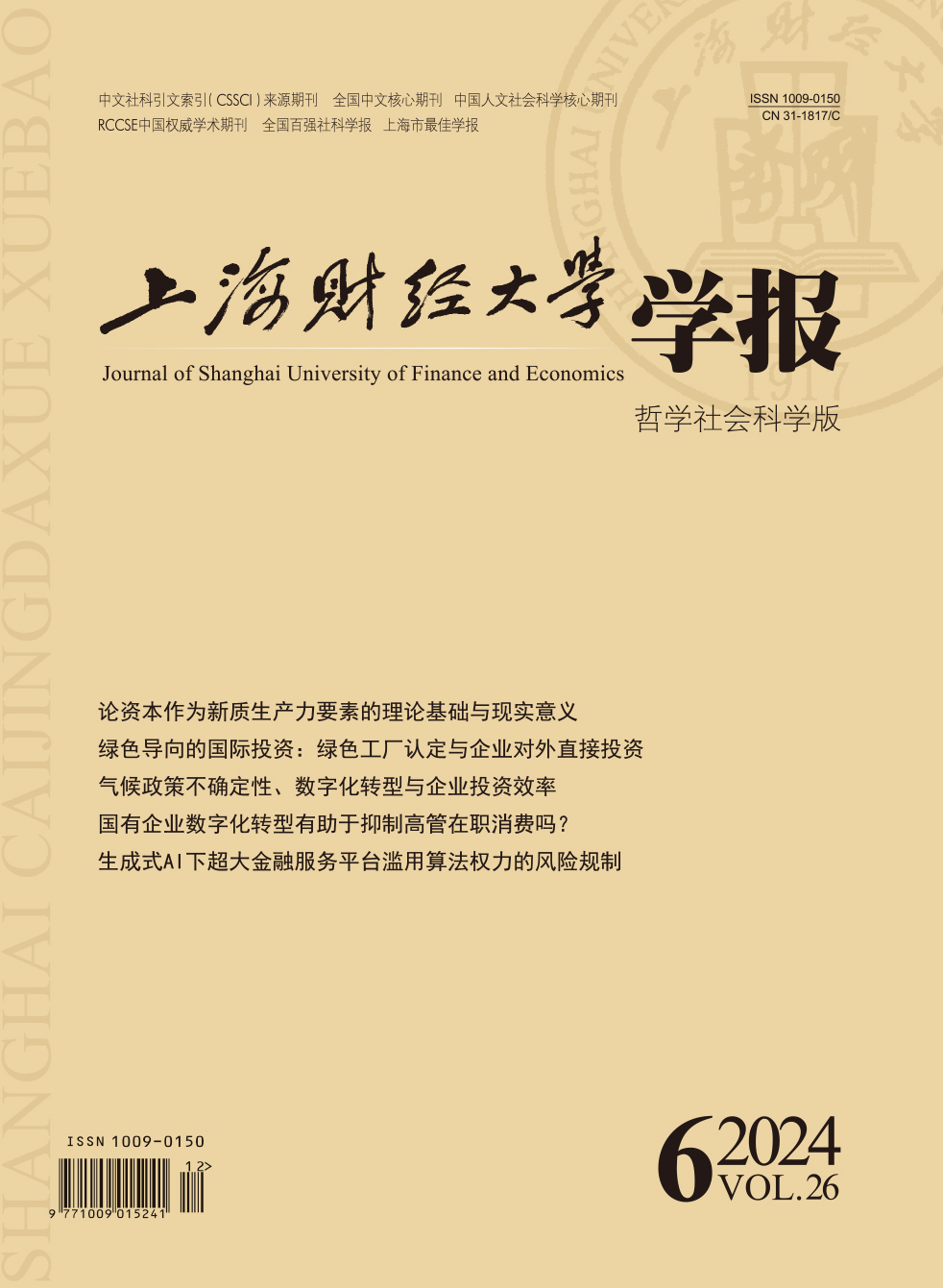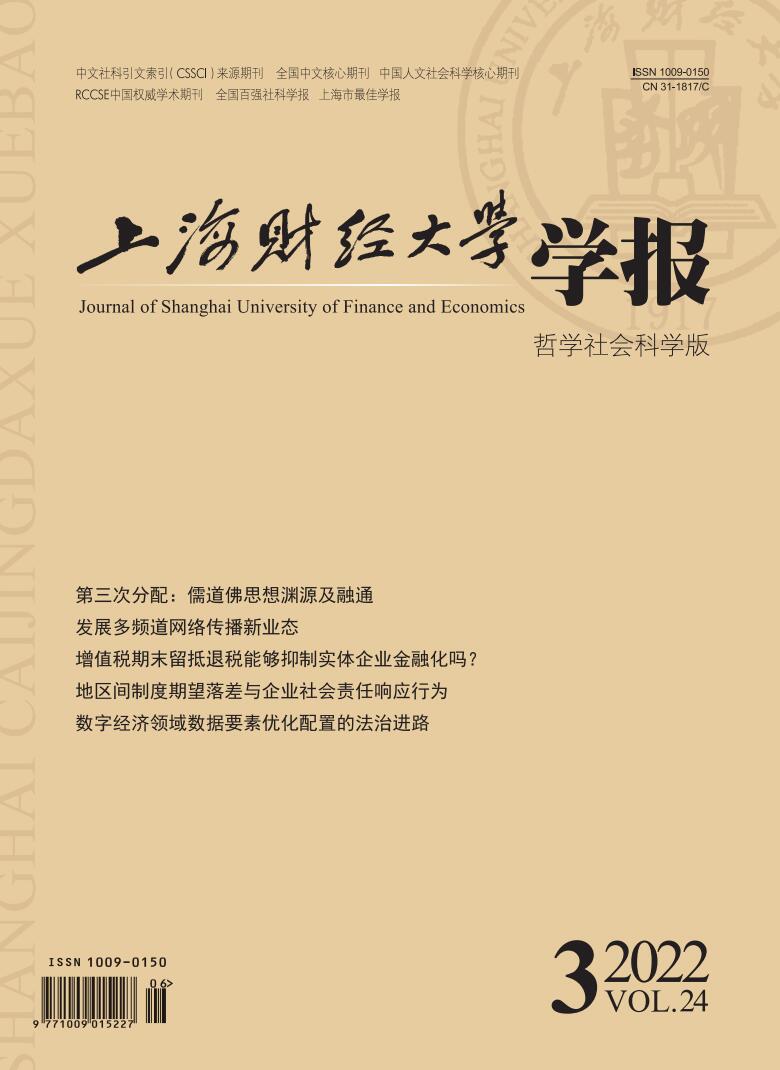With the transformation of Mobile Internet technology, digital economy has gradually become a new driving force of global economic growth and an important source of tax revenue. Due to the virtual and trans-regional natures of digital economy, there is a mismatch between the place where value is created and the place where profit is taxed, and the permanent establishment that exists physically cannot be used as the tax nexus rule of digital economy. Digital enterprises use tax havens to transfer profits to aggravate tax base erosion and tax injustice. The European Union and the United Kingdom took the lead to levy digital service tax globally based on the “user participation theory”. However, the United States questioned the “user participation theory” and launched the “Section 301 Investigation” against France, which have altered the progress of digital service tax on a global scale.
By analyzing and referring to the overseas experience in digital service tax, this paper compares the pros and cons of overseas digital service tax in terms of tax base, tax rate and tax calculation, and provides reference for the development of digital service tax in China. Digital service tax is a double-edged sword. In the context of the routine epidemic control and economic downturn, China needs to minimize the negative impact of digital service tax on the economy, and make top-level design and strategic layout for opportunities and challenges brought by digital service tax in advance.
China should take advantage of the Belt and Road Initiative, Shanghai Cooperation Organization and other international stages to carry out policy communication on global digital service tax, actively participate in the governance system of global digital economy, and strive to gain a greater say in the formulation of international tax rules; determine the appropriate legislative opportunity and institutional framework, and actively explore the effective connection between digital service tax and China’s existing tax rules to provide institutional guarantee for China’s digital enterprises to “go out”; reasonably set the target and tax rate of digital service tax, correct the tax injustice between traditional enterprises and digital enterprises, and regulate the tax base erosion caused by the profit transfer of digital enterprises; set up digital service tax systemically and study the characteristics of China’s digital enterprises, set up differentiated calculation methods for different digital services, and build a digital economy governance model that conforms to China’s national conditions; accelerate the development of digital taxation, use big data, block chain and other information technology to carry out tax verification, establish a refined tax-law enforcement model, and reduce the cost of digital tax collection and administration.





 3327
3327  3538
3538

